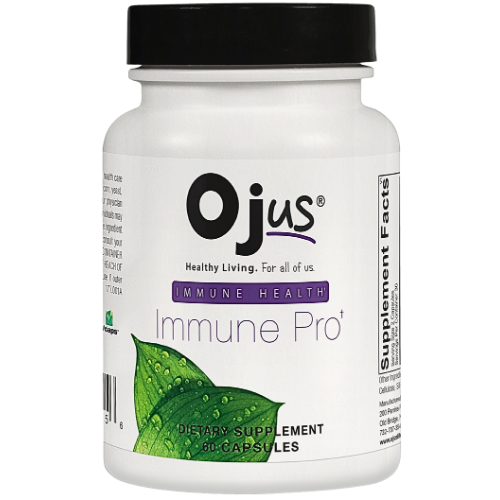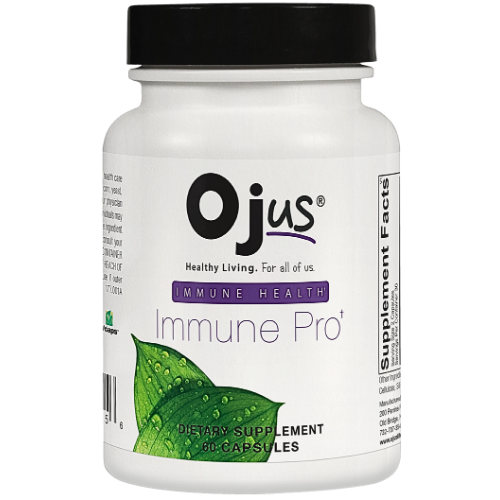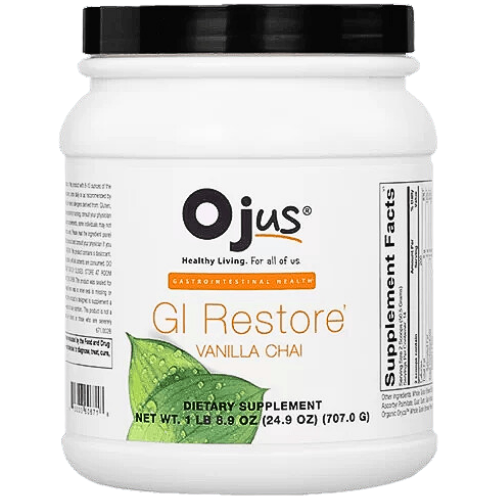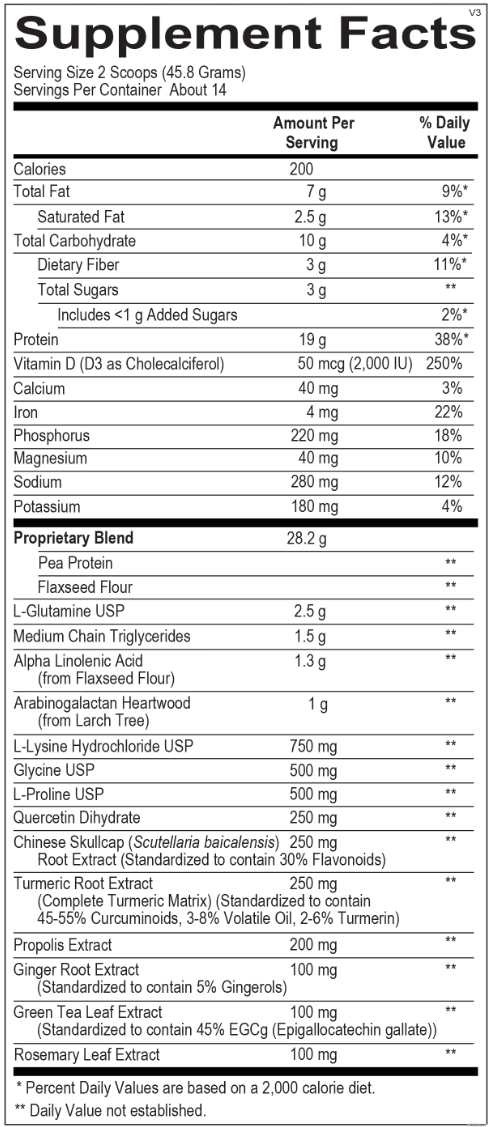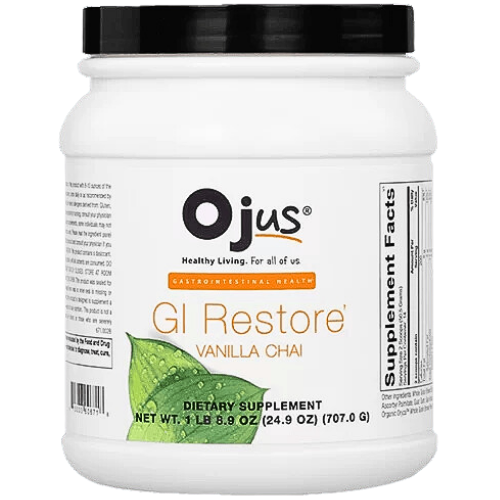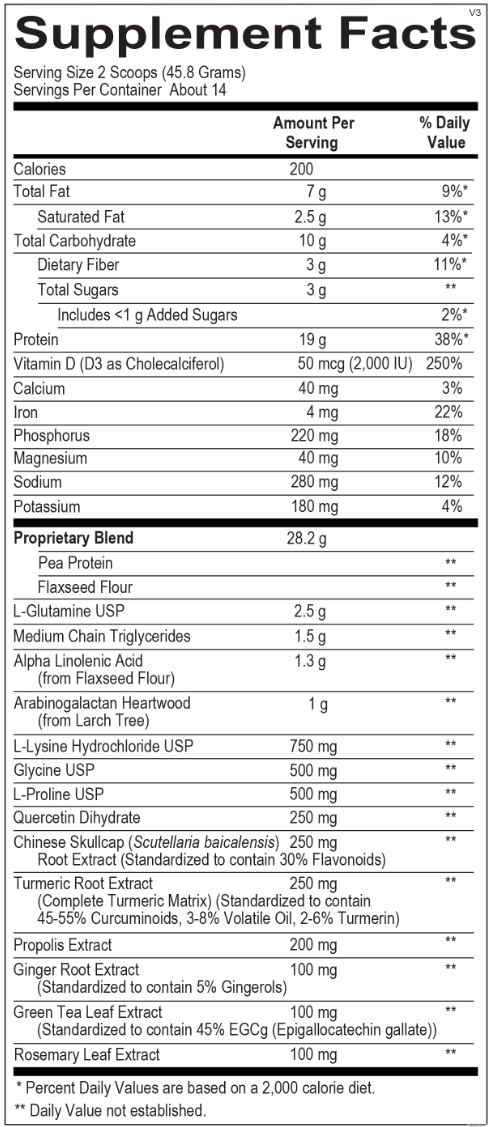
All You Need To Know About Hormone Replacement Therapy
Dr Anita NischalTable of Contents
| Did you know that you can get relief from menopause symptoms with the help of hormone replacement therapy? Hormone replacement therapy is a kind of medication that includes female hormones. The natural estrogen replacement medication replaces the estrogen that the body stops producing during menopause. |
Hormone replacement for women is often used to treat symptoms like hot flashes and vaginal discomfort. Also, other benefits of hormone replacement therapy include bone loss and diminishing the fracture in postmenopausal women.
However, there are certain hormone replacement therapy side-effects. These side-effects majorly depend on the type of hormone therapy, the particular dose, the period of medication, and individual health concerns. For the best outcome, it is suggested to take hormone replacement therapy modified as per individual so that benefits still outweigh the risks of hormone replacement therapy.
What is Hormone Replacement Therapy?
Women during menopause tend to lose estrogen levels leading to uncomfortable symptoms like hot flashes and vaginal dryness. Hormone replacement for women is the most effective treatment for menopausal women.
Menopausal symptoms include hot flashes, vaginal dryness, and difficulty sleeping can be treated with HRT. In addition, the bone mass loss that leads to osteoporosis can also be treated with the HRT. Natural estrogen replacement therapy replaces hormones that are at a lower level as menopause is approached.
Besides, some types of hormone replacement therapy contain both progesterone and estrogen, while others include only estrogen levels.
Below, let’s learn more about the uses, types, and risks of hormone replacement therapy.
Types of Hormone Replacement Therapy
There are various types of hormone replacement therapy and finding the right one for you can be a troublesome task. For that, it is recommended to visit your OB-GYN, who can give you a guide and help you to choose the best hormone replacement therapy for you.
Apart from this, you may require to try more than one type before you find the best one for you and that works best. These hormone replacement for women are as follows:
1. Estrogen-only HRT: This may be recommended if a person has had their uterus and ovaries removed.
2. Cyclical, or sequential, HRT: This is often recommended for women who have menopause symptoms but still have periods. Following are the two types of cyclical HRT.
a). Monthly HRT: Estrogen is taken every day and take progestogen alongside it for the last 14 days of the menstrual cycle (for women with regular periods)
b). 3 monthly HRT: You take estrogen every day, and take progestogen alongside it for around 14 days every 3 months (for women with irregular periods)
3. Continuous HRT: The doctor may prescribe a continuous combination of estrogen and progesterone to postmenopausal women. It involves taking estrogen and progesterone every day without a break.
4. Local estrogen: Estrogen is also available as a cream, pessary, or ring that’s placed inside the vagina. This will help with vaginal dryness but not with hot flushes.
Signs You Need Hormone Replacement Therapy
Natural estrogen replacement can be done if you are experiencing symptoms linked with menopause. Other signs one may need Hormone replacement therapy are :
- Hot flashes
- Night sweats
- vaginal dryness
- Pain and itching during intercourse
- Bone loss
- Low sex drive & mood changes,
- Irritability & sleep problems
Alongside, hormone replacement for women may not be suitable for you if you:
- Suffered from breast cancer, ovarian cancer or womb cancer, blood clots.
- Have untreated high blood pressure or liver disease
- Pregnant
Benefits of Hormone Replacement Therapy
The benefits of hormone replacement therapy are:
- Lower the hot flashes: Natural estrogen replacement therapy occupies the most effective treatment position for decreasing troublesome menopausal symptoms like hot flashes and night sweats.
- Other symptoms of menopause: Hormone replacement for women can ease down the vaginal symptoms of menopause counting vaginal dryness, itching, burning, and discomfort during intercourse.
- Prevent bone loss or fractures: The benefits of hormone replacement therapy include the protection against the bone-thinning disease called osteoporosis. However, doctors often recommend medications to treat osteoporosis. But natural estrogen replacement may help if you are benefiting from other treatments like medications.
- Increase estrogen balance: The hormone replacement for women is beneficial for the women who surgically removed their ovaries before the age of 45, experienced menopause before age 45, or lost the normal function of ovaries before 40.
Estrogen therapy can help in lowering the risk of certain health conditions, such as osteoporosis, dementia, heart disease, stroke, and mood changes.
Hormone Replacement Therapy Side-Effects
There are many benefits of hormone replacement therapy like managing hot flashes and other menopause symptoms, but hormone replacement therapy side-effects are also studied. However, these risks of hormone replacement therapy depend on the type of treatment.
These side-effects are:
- Digestive Issue: The common side effects of HRT are digestive problems from diarrhea to indigestion. You may also get bloating, gas, nausea, and stomach cramps. Within the first few months, these symptoms typically go away. Natural remedies like drinking ginger tea and sniffing peppermint oil can also be tried.
- Breast Tenderness: Normally breasts are impacted by Hormone replacement therapy. Tenderness, swelling, and enlargement may develop. In some cases breast density is increased and more chances of breast cancer.
- Leg Cramps: Complaints of leg cramps and swelling are often seen in women taking HRT. It might also feel uncomfortable to move. Regular exercise and stretching are recommended to feel better.
- Gallbladder Disease: Possible side effect of HRT pills is cholecystitis. Gallstones get stuck in the gallbladder, causing painful inflammation. The only treatment? Surgery to remove the gallbladder. With HRT patches, there is a lower risk though.
- Breast Cancer: One of the side effects of HRT in breast cancer. It depends on what kind and for how long HRT is used. If a woman is over 50 has very little risk of breast cancer if she uses combined HRT for less than 5 years. However, the risk does increase if used for longer. But if only estrogen is used? Then around up to 15 years, there isn’t an increased risk.
- Unusual Bleeding: Rarely, HRT can cause strange vaginal bleeding. It is seen that starting with the lowest dose possible can reduce the risk of blood-related problems.
- Venous Thrombosis: HRT may increase the risk of blood clots. This blood-clotting usually happens inside the veins and causes a condition called venous thrombosis. Within the first two years of HRT Women younger than 50, along with those ages 50 to 60 years old, have the greatest risk.
There’s a lower chance with patches and gel but the risk of blood clots is higher with oral HRT.
New Study on Hormone Replacement Therapy
Last year, a large meta-analysis reported higher than expected breast cancer risks associated with HRT. However, uncertainty is still about the risks associated with different types and durations of hormone replacement therapy.
Also, if you are unable to make up your mind for hormone replacement therapy, then you may consider other alternative ways of reducing the menopausal symptoms. These methods are:
- Lifestyle changes: Adopt lifestyle changes like exercising regularly, eating a healthy diet, alcohol and spicy foods, cutting down on coffee, and quit smoking.
- E-DIM: A natural supplement that increases the levels of estrogen naturally.
- Antidepressants: Certain antidepressants can reduce hot flushes and night sweats, although can cause unpleasant side effects like agitation and dizziness
- Estro-FEM: A herbal vitamin that may help reduce the symptoms of hot flushes and night sweats.
Also Study: Know About IV Therapy, Types, Purpose, Pros & Cons
Hormone Replacement Therapy Cost
Hormone replacement therapy costs around $30 per month and therapist visits can cost more than $100 each. Undergoing surgery is less common but can cost between $5,000 and $30,000.
There are hormone replacement therapy side effects like any other treatment. The main effects are the risk of breast cancer and increased risk of heart disease.
Side effects are depending on what type of HRT you are taking and how high the dose is. The increased risk of breast cancer falls after you stop taking HRT.
Women who take either combined hormone therapy or estrogen alone have an increased risk of stroke, blood clots, and heart attack.
Estrogen-only hormone replacement therapy is very safe. It’s protective from breast cancer. This reduces heart attacks and does not increase any stroke or clotting.
Some best alternatives to hormone replacement therapy include:
- Diet change, cut down on caffeine alcohol and spicy food, intake of calcium, and consumption of vitamin D.
- Regular exercises, stress management
- Wear loose clothing, use a vaginal moisturizer for general dryness.
- Quit smoking
- Bank on dietary and herbal supplements
Hormone replacement therapy can cost around $30 per month and therapist visits can cost more than $100 each. Undergoing surgery is less common but can cost between $5,000 and $30,000.


